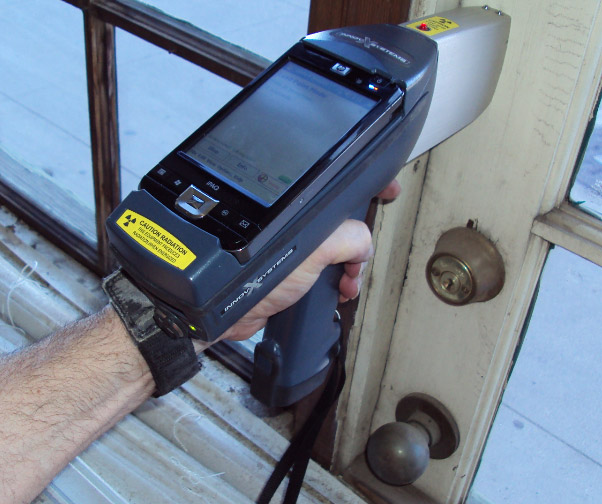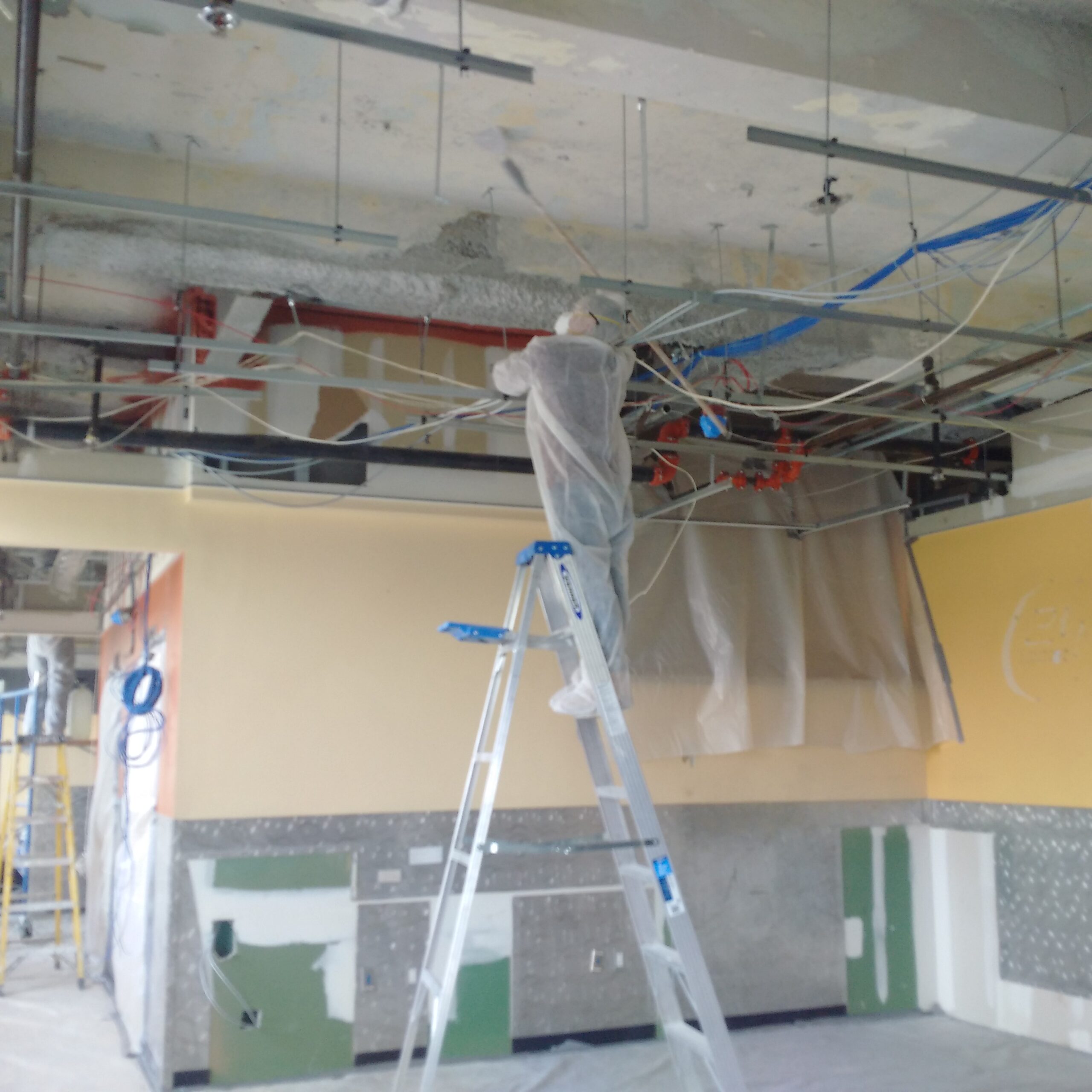Lead Paint Removal Service-- NYC's Trusted Solutions for Lead Safety
Lead Paint Removal Service-- NYC's Trusted Solutions for Lead Safety
Blog Article
Best Practices for Guaranteeing Safe and Thorough Lead Infraction Reduction
Addressing lead offense abatement calls for a multi-faceted method to guarantee both safety and security and compliance. It's the final clearance procedure, including thorough examinations and lab screening, that absolutely verifies a lead-free setting, guaranteeing long-lasting safety. Just how do these practices adjoin to assure extensive lead reduction?

First Assessment
Carrying out a preliminary analysis is a vital very first step in lead infraction reduction. This stage encompasses a thorough analysis of the residential property to identify the existence, degree, and details locations of lead-based dangers. Certified specialists, such as qualified lead inspectors or risk assessors, need to carry out a detailed website examination, utilizing devices like X-ray fluorescence (XRF) analyzers to properly detect and measure lead concentrations in paint, dirt, dirt, and water.
The analysis must also include a review of the building's background, previous records, and any kind of complaints or health and wellness problems reported by passengers - Lead Removal Contractors. Recording the findings thoroughly is vital, as these records develop the basis for developing an effective abatement method. A comprehensive assessment also involves tasting and research laboratory evaluation, which are vital to verify the visibility of lead and guide subsequent actions
Furthermore, it is critical to connect the results transparently to all stakeholders, including home owners, lessees, and governing authorities. By making certain that the preliminary assessment is performed with precision and roughness, experts can lay a strong foundation for a targeted and reliable lead reduction procedure, ultimately guarding public health and wellness and ensuring conformity with regulatory criteria.
Appropriate Control
Appropriate containment is vital to protect against the spread of lead pollutants throughout abatement activities. Properly managing containment decreases the threat of lead dirt and debris moving to non-work locations, consequently safeguarding both the atmosphere and individuals outside the immediate work zone.

Normal inspections of the control location are needed to inspect for breaches or weak points in the obstacle. Any type of recognized problems ought to be quickly dealt with to maintain the honesty of the control. By sticking to these methods, reduction tasks can successfully manage lead contamination and reduce associated wellness dangers.
Worker Defense
Making sure worker protection is extremely important throughout lead abatement jobs to stop occupational direct exposure to dangerous lead fragments. Necessary steps include using personal protective devices (PPE) such as respirators, gloves, and full-body fits specifically created to block lead dirt and fumes. Employees ought to undergo comprehensive training on the correct use and upkeep of PPE, including healthy testing for respirators to ensure maximum effectiveness.
Engineering controls, such as neighborhood exhaust ventilation systems, are critical in lessening air-borne lead concentrations in the work setting. Administrative controls must additionally be implemented, including limiting the duration of exposure and rotating workers to reduce private direct exposure times. Normal clinical surveillance and organic monitoring are crucial for early detection of lead absorption, allowing prompt treatment and therapy.
Additionally, establishing a purification method is vital. Workers have to adhere to strict purification treatments prior to breaks and at the end of their change to stop lead dust from being lugged outside the job area. read what he said This includes complete hand and face washing with lead-specific cleaner and altering out of polluted apparel.
Thorough Cleanup
Maintaining a risk-free workplace prolongs beyond worker protection and encompasses precise cleanup to guarantee lead bits are completely eliminated from the website. The process of careful clean-up is important in protecting against the recontamination of the moderated location and securing both present and future residents.
To achieve an extensive cleanup, all workspace must be methodically sanitized. This involves making use of specialized HEPA (High-Efficiency Particulate Air) vacuum cleaner cleaners and wet-wiping methods to capture and remove great lead dust that might have picked surface areas. It is vital to clean all horizontal surface areas, consisting of floors, window sills, and kitchen counters, along with vertical surfaces that might have caught lead particles.
Workers have to wear appropriate individual protective tools (PPE) blog during cleanup to avoid direct exposure to recurring lead dust. Used cleansing products such as wipes, sponges, and wipe heads should be thrown away in conformity with hazardous waste disposal laws.

Final Clearance
Last clearance is the essential wrapping up stage of lead reduction that determines whether the site is risk-free for reoccupation. This essential step entails comprehensive evaluation and testing to confirm that all lead hazards have been effectively gotten rid of. The process begins with a visual assessment by a qualified lead-based paint assessor or danger assessor to make sure no noticeable dirt or debris remains. This is complied with by gathering dust wipe samples from different surfaces, including floors, windowsills, and other horizontal surfaces. Lead Removal Contractors.

Last clearance testing not just protects future owners however additionally makes sure compliance with local, state, and government guidelines. Additionally, it works as a recorded validation of the abatement service provider's adherence to industry finest practices. Making certain a thorough and successful final clearance is necessary in securing public health and promoting count on the reduction process.
Verdict
Guaranteeing risk-free and comprehensive lead infraction reduction requires a diverse technique incorporating initial assessments with innovative detection methods, effective containment techniques, strict worker protection procedures, and precise clean-up procedures. The final clearance phase, featuring detailed evaluations and lab testing, is vital to validate conformity with EPA requirements. Adherence to these finest practices guarantees a safe setting for owners, minimizes wellness dangers, and supports regulative requirements, thereby promoting public wellness and safety and security in lead-affected locations.
Report this page